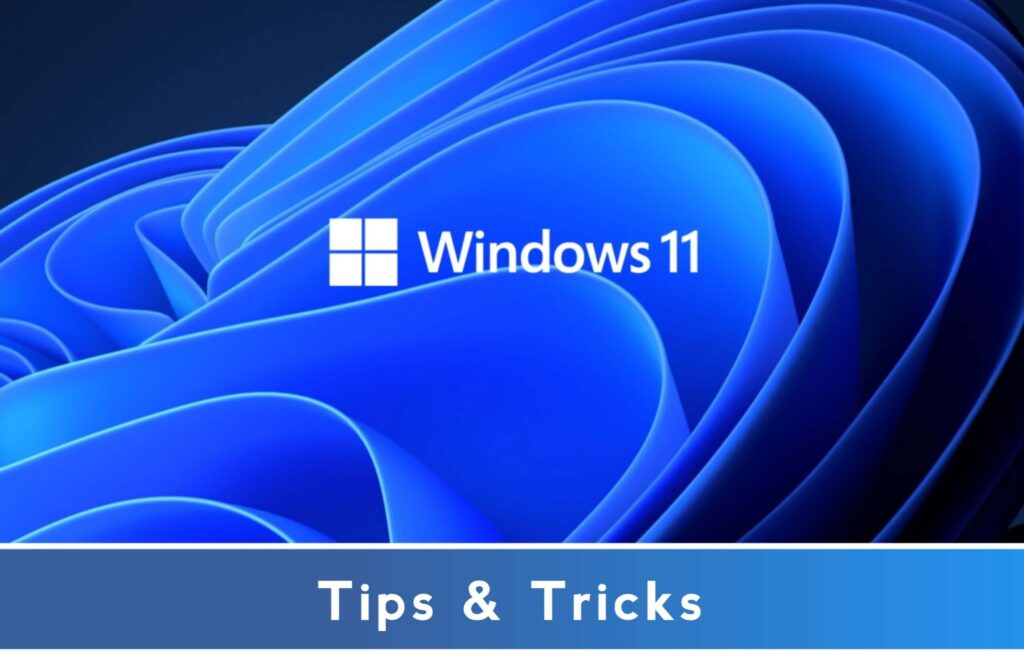
- Choosing the Right Theme:
- Explore the myriad of themes available for Windows desktop, ranging from minimalist designs to vibrant and colorful options.
- Consider your preferences and workflow when selecting a theme that complements your style and enhances usability.
- Customizing Desktop Backgrounds:
- Select high-quality images or personalized photos to set as your desktop background.
- Experiment with different wallpapers to create a visually appealing and inspiring desktop environment.
- Icon Organization:
- Arrange desktop icons systematically to streamline navigation and access to frequently used applications.
- Utilize folders to categorize similar icons and keep the desktop clutter-free.
- Taskbar Tweaks:
- Customize the taskbar by adjusting its position, size, and visibility to optimize screen real estate.
- Pin frequently used apps for quick access and remove unnecessary icons to reduce clutter.
- Utilizing Desktop Gadgets:
- Explore the use of desktop gadgets and widgets to display useful information such as weather forecasts, system performance, or calendar events.
- Install third-party gadgets or widgets to extend functionality and personalize your desktop experience further.
- Keyboard Shortcuts:
- Familiarize yourself with essential keyboard shortcuts to navigate Windows quickly and efficiently.
- Create custom shortcuts for launching applications or performing specific tasks to streamline workflow and boost productivity.
- Customizing System Sounds:
- Personalize system sounds to add a unique touch to your desktop experience.
- Select sounds that resonate with your preferences and create a pleasant auditory environment.
- Exploring Third-Party Customization Tools:
- Discover a plethora of third-party tools and software designed to enhance Windows desktop customization.
- Experiment with customization software to unlock advanced features and tailor your desktop to your exact specifications.
- Optimizing Desktop Widgets:
- Fine-tune desktop widgets to display relevant information without overwhelming the desktop space.
- Customize widget settings to ensure they complement your workflow and provide valuable insights at a glance.
- Backup and Restore Customizations:
- Implement regular backups of your customized desktop settings to safeguard against data loss or system changes.
- Utilize built-in Windows tools or third-party software to create backup copies of your personalized desktop configurations.
- Sharing Customization Tips with Others:
- Share your favorite desktop customization tips and tricks with friends, family, or online communities.
- Collaborate with others to discover new customization ideas and inspire creativity in personalizing Windows desktops.
- Staying Updated with Latest Features:
- Stay informed about new features and updates released by Microsoft to enhance desktop customization options.
- Take advantage of new tools and functionalities to continually refine and improve your personalized desktop experience.